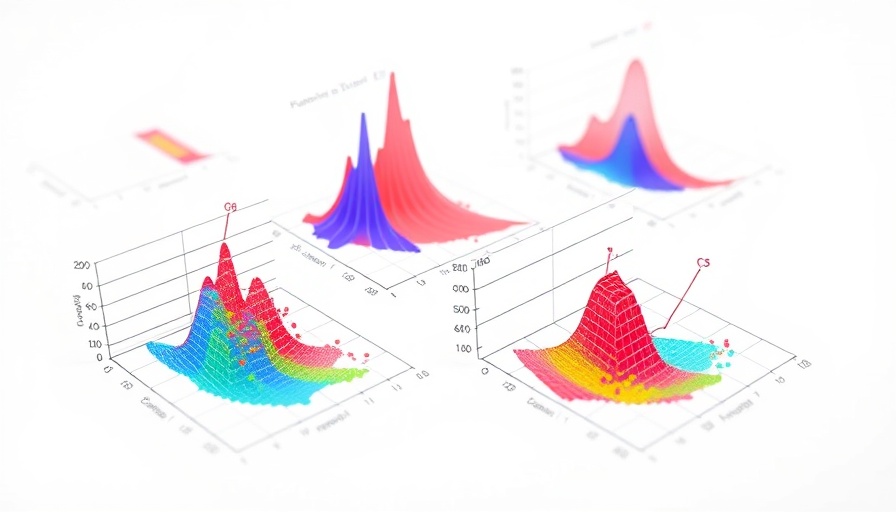
Revolutionizing Glioblastoma Treatment: Circadian Clock Connections
In an exciting breakthrough, researchers have identified a potential treatment for glioblastoma, one of the most aggressive forms of brain cancer, by targeting the circadian clock mechanisms within cancer cells. Glioblastoma often evades conventional therapies, leading to a grim prognosis for affected individuals. However, a new experimental compound known as SHP1705 is showing promise by disrupting these cancer cells' internal processes, prompting significant discussions around its implications for health and wellness.
Understanding the Circadian Clock in Cancer Cells
The circadian clock refers to the natural processes that regulate various bodily functions over a 24-hour cycle, including sleep-wake patterns. In glioblastoma, these circadian mechanisms are famously exploited by cancer stem cells to promote survival and proliferation. Dr. Steve A. Kay, a lead researcher on the project, emphasized, "We have mounting evidence that clock proteins can be co-opted by brain cancer stem cells to fuel their growth." The compelling link between circadian rhythms and cancer biology presents a new frontier in cancer therapy.
Clinical Implications of SHP1705 as a Clock-Targeting Agent
SHP1705, the leading clock-targeting compound, recently completed a phase 1 clinical trial demonstrating safety and strong efficacy in neutralizing glioblastoma stem cells. This pivotal development marks the first instance of a compound targeting circadian proteins entering clinical testing, signaling potential changes in how glioblastoma and possibly other cancers are treated in the future.
The Science Behind the Breakthrough
The research team has conducted extensive preclinical studies to evaluate SHP1705’s effect on glioblastoma cells. By impairing the function of hijacked circadian clock proteins, SHP1705 successfully decreased the cancer cells' capability to grow and survive. The compound functions as a CRY activator, enhancing the cells' responses to treatments by crippling their adaptability. Comparing it with previous studies, researchers found SHP1705 to be both more potent and better tailored to glioblastoma.
What This Means for Future Cancer Treatments
This groundbreaking research opens doors to enhancing cancer treatment strategies by leveraging insights on circadian biology. Understanding how to manipulate circadian rhythms could lead to innovative therapies not just for glioblastoma but for a spectrum of cancers. Patients and healthcare providers are encouraged to stay informed about ongoing clinical trials and advancements in circadian-targeting therapies.
Broader Implications for Health and Wellness
The implications of this research extend beyond cancer treatment. Discoveries related to the circadian clock resonate with the broader health and wellness landscape, emphasizing the importance of aligning treatment with the body’s natural rhythms. Integrating this knowledge into daily wellness routines, such as prioritizing sleep hygiene and optimizing physical activity timing, could enhance overall health outcomes.
Conclusion: Staying Informed for Optimal Health
Research like that surrounding SHP1705 speaks to the dynamic intersection of biotechnology and health. Emphasizing the body’s inherent rhythms can yield practical applications in not just cancer therapies but also community health practices. Staying informed about such developments can facilitate personal, proactive approaches to health and wellness, highlighting the value of a nuanced understanding of treatments and their underlying mechanisms.
If you are interested in the future of cancer treatment and how circadian biology influences health, learn more here.
 Add Row
Add Row  Add
Add 




 Add Row
Add Row  Add
Add 


Write A Comment